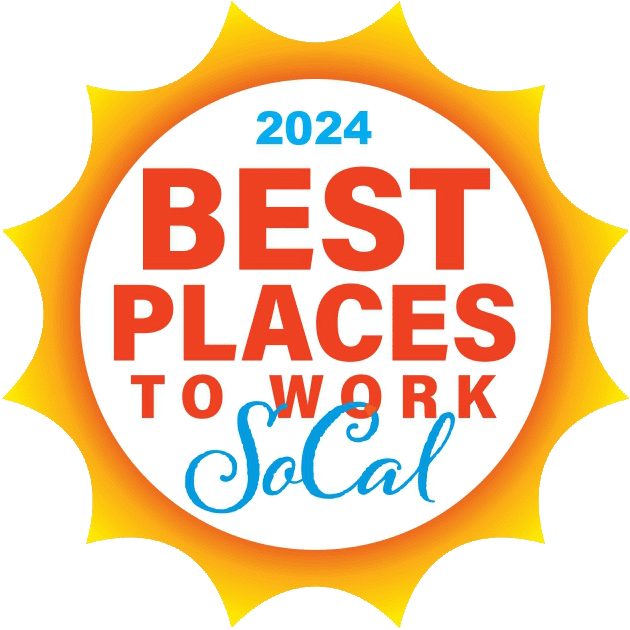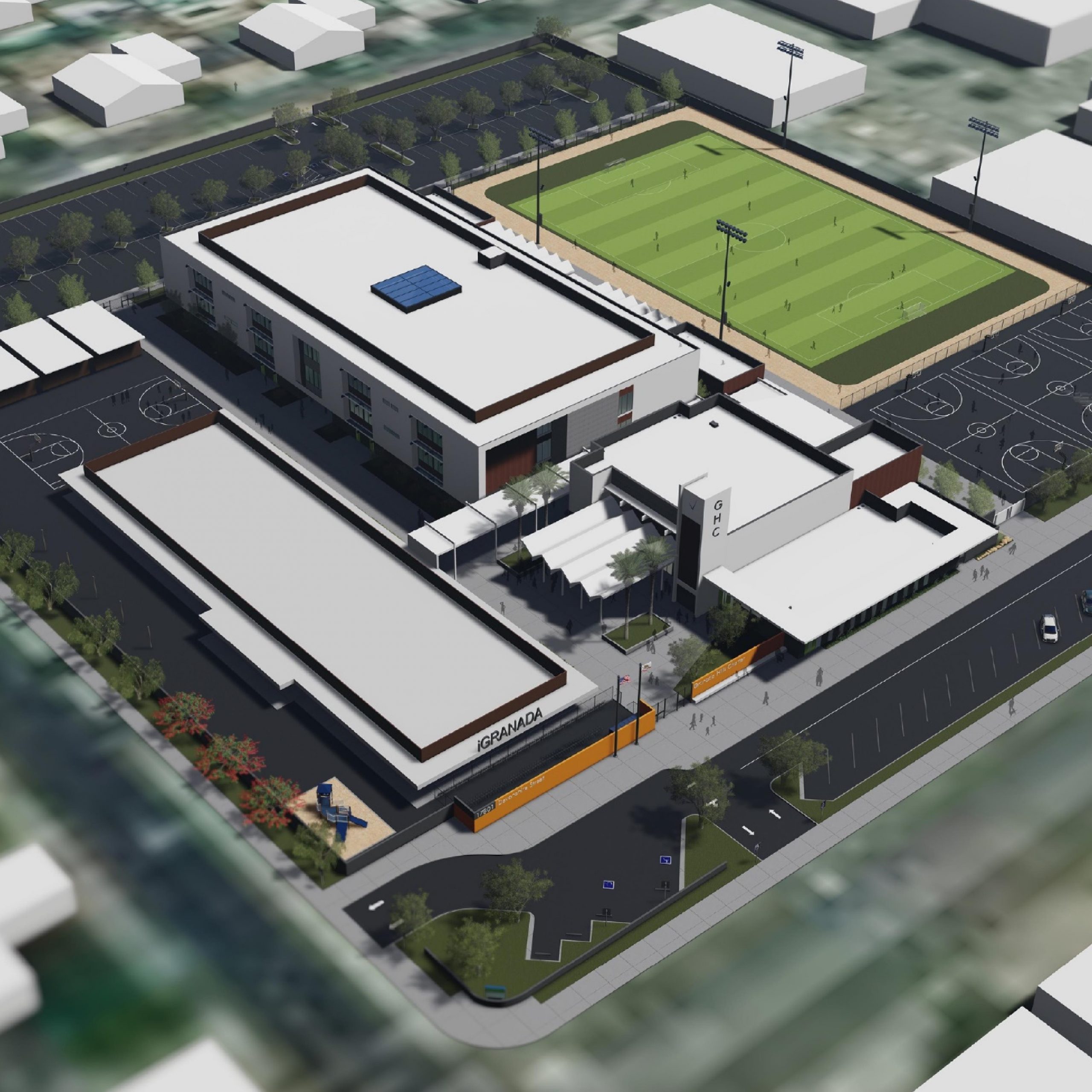By John Kately, project executive at C.W. Driver
While many sectors, unfortunately, have been heavily impacted by COVID-19, K-12 new construction and modernization projects have continued to remain strong. Currently, C.W. Driver is working on a wide variety of K-12 projects, including the ground-up construction of Granada Hills Charter’s new $34 million TK-8 facility as well as the modernization of eight different elementary, junior high and high school sites for Chino Valley Unified School District. In total, C.W. Driver Companies has completed more than 130 K-12 projects in its 100-year history, making us keenly in tune with trends and evolutions in the space. Here are the top considerations for K-12 construction currently:
Technology
Amidst an increased reliance on technology due to COVID-19, technology is more critical than ever in K-12 classrooms. Smart screens, which can be plugged into a laptop, are replacing chalkboards and whiteboards. Comprehensive AV systems ensure all technology runs smoothly, and typically integrate with the school’s paging system. C.W. Driver Companies also includes ample plugs throughout classrooms and other common areas for students to charge their laptops and other devices.
Security
Security is a priority for K-12 construction projects, and many campuses are upgrading their safety procedures through modernization projects. Having a single point of entry, facilitated by either the school’s design or added fencing, helps ensure all visitors are vetted before entering the campus. Cameras throughout the buildings and full campus panic lockdown systems can also help keep students and staff safe in emergency situations. Keyless access via AD-400 door locks is another important feature for restricting access.
COVID-19 Safety
While each California school district is adapting to the pandemic differently, with some back in person, others adopting hybrid models, and most still preparing for students to return, many schools are incorporating more contactless items that will help reduce exposure to COVID-19. Touchless soap dispensers and faucets, automatic or foot-operated door openers, plexiglass dividers and reconfigured kitchens to allow for more distance when warming food all reduce potential contamination. Many schools are also prioritizing more outdoor space to accommodate social distancing and allow for increased outdoor activities, meals and learning. Increased outdoor space was a trend even before the pandemic, but it’s become especially vital now.
Onsite Procedures
With modernization projects where the students will be onsite during construction, there are special requirements for Livescan background checks and time tracking for workers. Additionally, special attention must be given to separate workers and students with barriers to minimize potential interaction and disruption.
Flexibility
Flexible furniture and classroom configurations are key to optimizing modern learning environments. The ability to shift from a two- to a five-desk configuration, depending on the task at hand, helps facilitate both group and individual learning activities. The more flexibility classrooms and other learning areas have, the more customized each lesson or activity can be.
All of these trends are key factors shaping K-12 construction projects and are projected to continue even amidst the pandemic.
As Seen In


